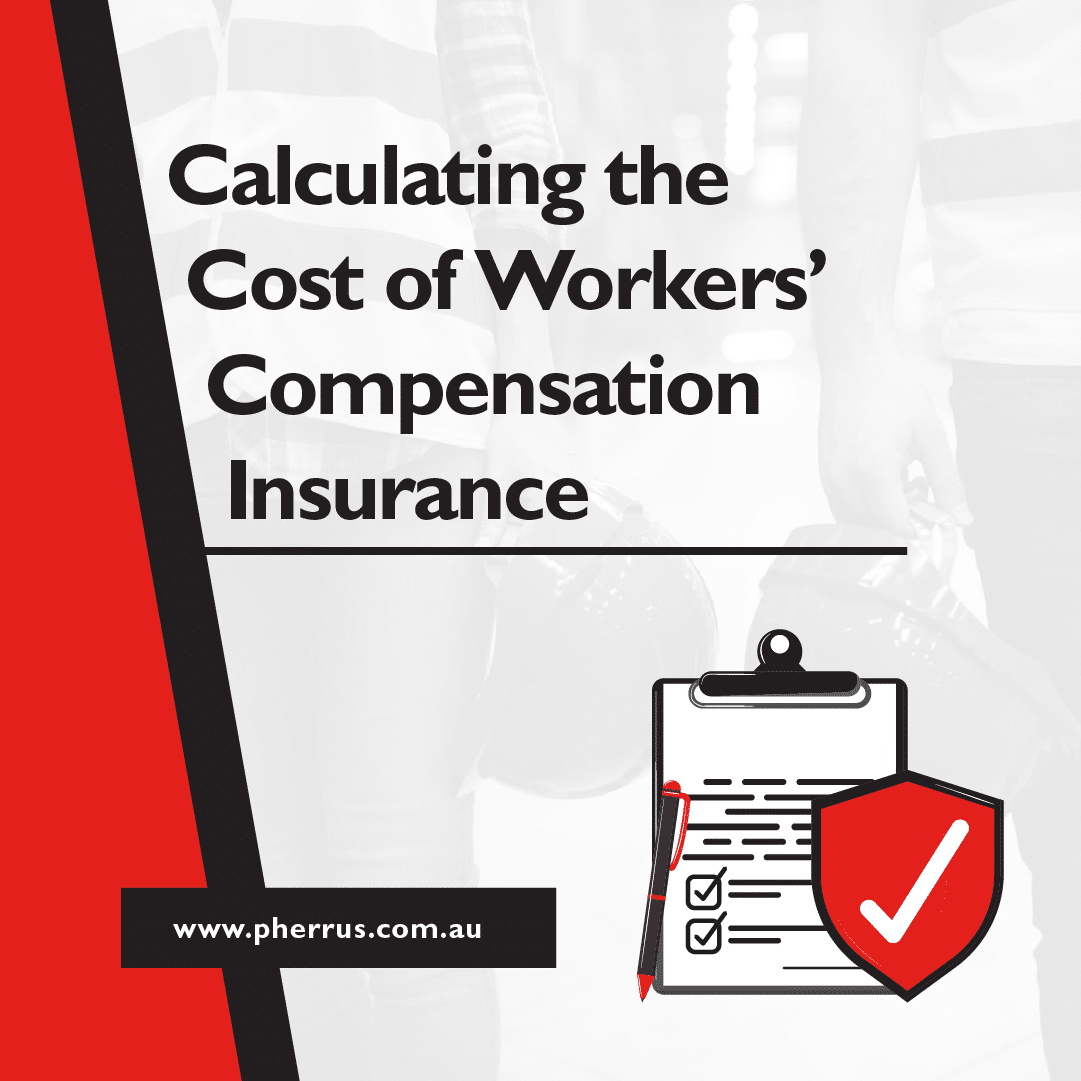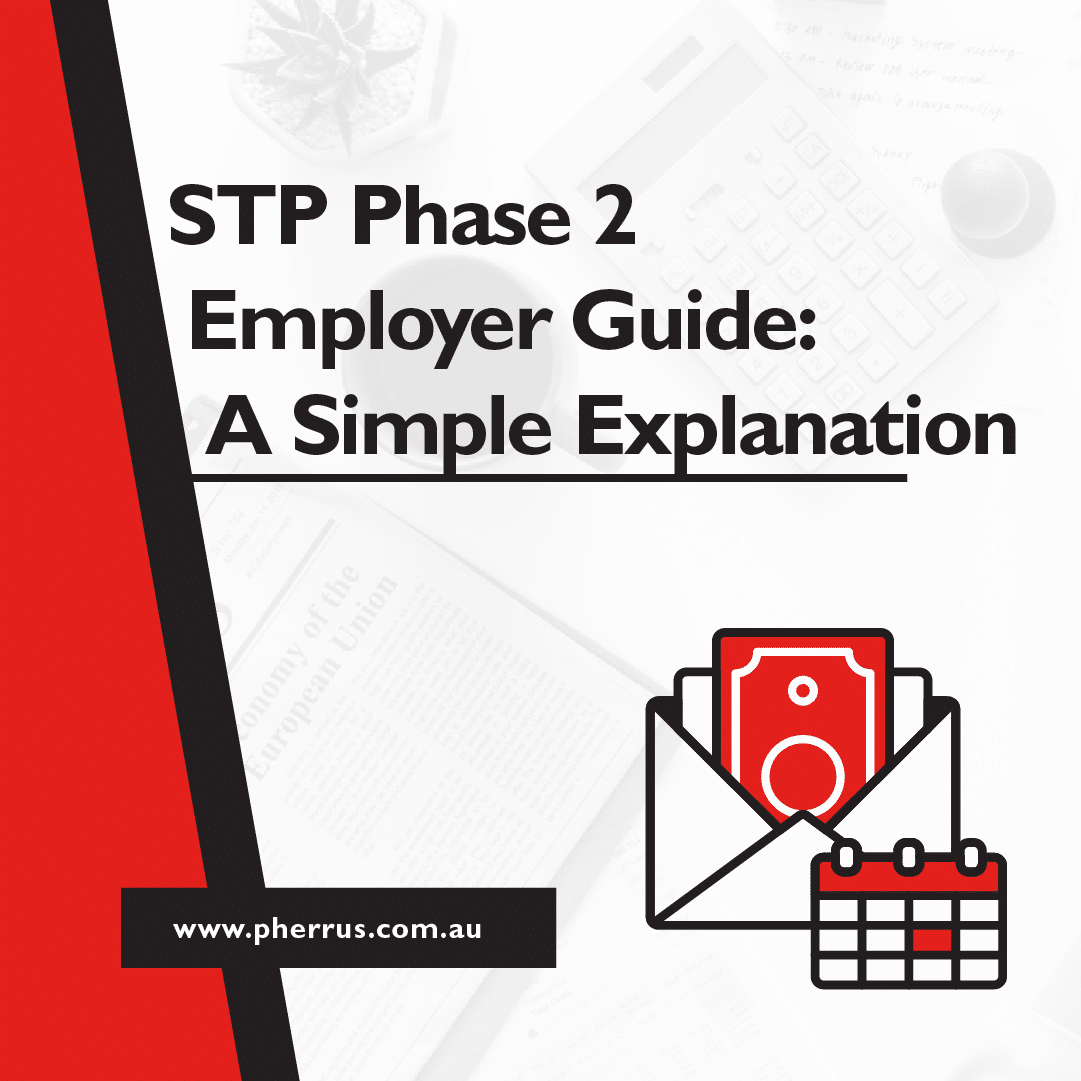“Expect the unexpected.”
Unfortunately, despite your best efforts to safeguard your employees in the workplace, accidents still happen.
And when they do, you want to feel confident that your team is cared for without jeopardising your business’s health.
This guide will uncover how to calculate the cost of workers’ compensation insurance so your business stays productive, protected, and profitable.

Factors Influencing the Premium You Pay
Workers’ compensation covers the medical expenses and lost wages associated with the following situations if they occur due to a workplace incident.
- Serious illness
- Injury
- Permanent impairment
- Psychological harm
- Death
- Property damage
A premium is the amount you pay an insurance company to cover your employees. Let’s find out what factors influence your premium.
State and Territory Regulations
Each Australian state and territory has its own workers’ compensation scheme and regulatory body that determines the calculation and cost of workers’ compensation premium rates.
This rate is a percentage of an employee’s salary that you must pay to your workers’ compensation insurance to cover potential work-related injuries or illnesses.
These are the average premium rates by state for the 2023-24 financial year.
- Australian Capital Territory: 2.1%
- New South Wales: 1.6%
- Queensland: 1.29%
- Victoria: 1.8%
- Western Australia: 1.727%
- South Australia: 1.85%
- Tasmania: 1.9%
- Northern Territory: Varies by industry
Industry and Level of Risk
Workers’ compensation premium rates are heavily influenced by the industry in which a business operates, primarily because different industries have varying levels of risk associated with their activities.
Industries deemed higher risk, such as construction or mining, typically face higher premium rates due to the greater likelihood of workplace injuries.
On the other hand, industries with lower physical risk, such as office-based businesses or retail, generally enjoy lower premium rates.
Wages and Salaries
The total wages and salaries you pay your employees are a primary factor in calculating workers’ compensation premiums because the premium is often a percentage of your total payroll.
This means that the higher the payroll, the higher the premium you’ll pay.
Essentially, as the total compensation you provide to your employees increases, your exposure to potential claims grows if an employee is injured on the job, leading to higher insurance costs.
Claims History
If your business has a history of frequent or costly workers’ compensation claims, it’s likely to face higher premiums.
Such frequent or costly claims may include
- Injuries from slips, trips, and falls
- Repetitive stress injuries
- Machine-related injuries
- Vehicle-related accidents
Insurance companies view a history of such claims as an indicator of higher risk, suggesting that similar claims could occur in the future; hence, they charge more to cover the continued risk of accidents and injuries.
Insurance Providers
In some Australian states and territories, there is a single, government-run insurer.
You must pay the workers’ compensation premium rate they set.
Such states and territories include
- New South Wales: State Insurance Regulatory Authority
- Queensland: WorkCover Queensland
- Western Australia: WorkCover WA
However, in states and territories where multiple private insurers operate, you can shop around and compare rates to find the most cost-effective coverage for your business.
States and territories with multiple private insurers include
- Victoria
- South Australia
- Tasmania
- Northern Territory

Basic Cost of Workers’ Compensation Insurance Example
Here’s a basic example of how to calculate the cost of workers’ compensation insurance for your business.
Let’s say you employ six people at your Victorian business and pay them each $80,000 a year. Your annual payroll would be $480,000.
In Victoria, the current workers’ compensation average premium rate is 1.8%.
Your initial premium cost = annual payroll x industry base premium rate.
So $480,000 x 0.018 = $8,640 premium.
*Please note that this is a very basic example, and many other factors (as already discussed) influence the cost of workers’ compensation insurance.
For the most accurate costs, you’ll need to contact an insurer.

Tips to Getting Accurate Quotes
If you operate your business from a state with private workers’ compensation insurance options, it’s a good idea to shop around for quotes.
Here’s how to get the most accurate quotes.
- Know exactly how many employees you have.
- Know your industry’s classification code, as premium calculations are based on risk levels.
- Provide precise annual payroll figures to avoid discrepancies in your premium quotes.
- Detail your claims history, as past claims can affect your future premiums.
- Detail your workplace safety practices to demonstrate your commitment to safety and potentially influence insurers to offer more favourable rates.
- Ask about discounts and incentives for things like early payments and low claim rates.
- Compare rates and coverage options from multiple providers to get the best deal for your business.

Got Questions? Pherrus Has the Answers
As a business owner with employees, knowing the cost of workers’ compensation insurance is crucial for you to budget accurately, comply with legal requirements, and manage workplace risks effectively.
Here at Pherrus, we have qualified insurance experts on our team who can provide advice on workers’ compensation insurance.
They’ll review your existing policies and assess whether they are right for your business or if better options are available.
They can also help you establish new policies that best meet your business’s needs and provide the greatest benefits.
We know that running a business takes up a lot of time and energy, so to make life a bit easier for you, our insurance advisors will also remind you when to renew your policies and assist with managing these.
For expert workers’ compensation insurance advice, complete our online form today or call +61 (02) 9099 9109 to book an appointment at our Bella Vista office in Sydney, NSW.





